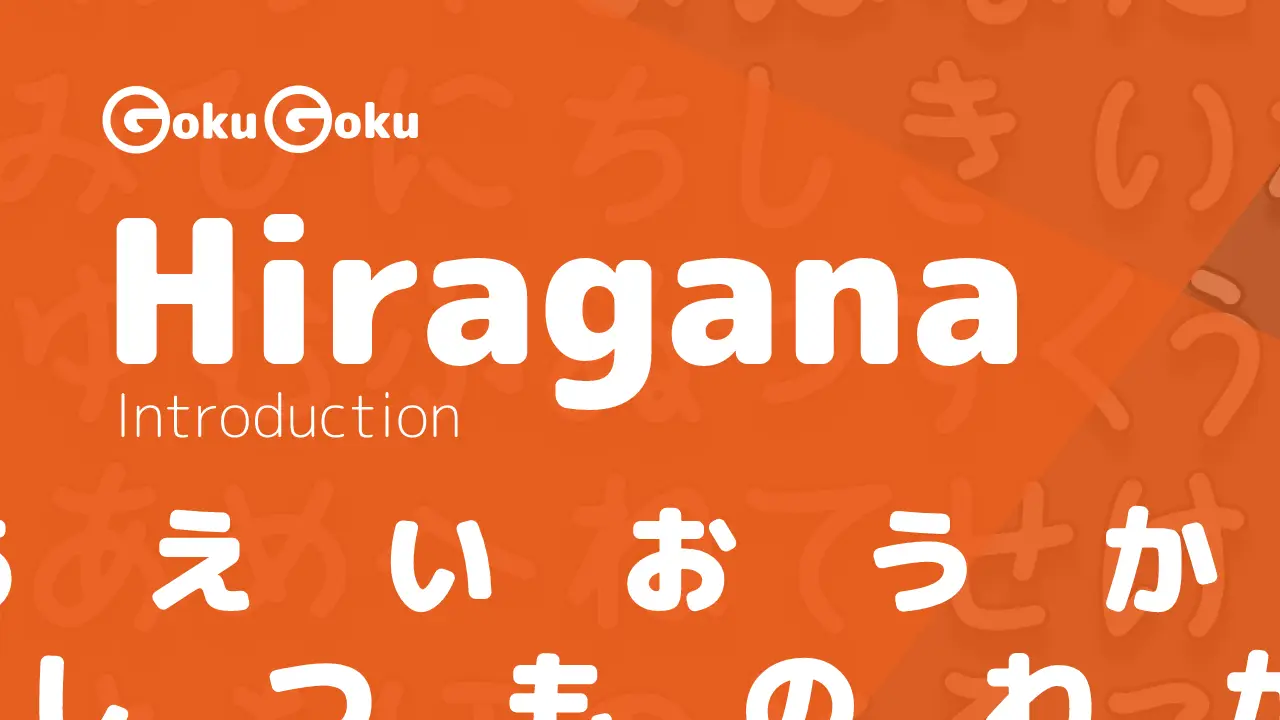てごらん (Te goran) Meaning Japanese Grammar - Please Try To Do
Anna Baffa Volpe
Get in touch with meThe expression てごらん (te goran) means try to do it, please try to, please do.
It is an imperative expression in polite form and the meaning is that of てみる: try to do.
Let's look at the meaning and usage of てごらんい and てごらんなさい, another common form in the daily conversation in Japan.
How てごらん is formed
The kanji transcription of てごらん is てご覧.
The structure is formed by:
「~てみる」と同じく「試す」という意味を表します. It means try to like ~temiru.

触ってごらん。ウールだよ。
Touch it. It's wool!
てごらん as an invitation to do something
The form てご覧 is used with the meaning of てみる try to do.
「てごらん」 is a polite form and is used to encourage our interlocutor to do something.
It is an imperative expression and is also used to give an order, so it is not appropriate towards superiors.
It is used, for example, by parents towards their children.
食べてごらん。
Give it a try and eat!
もう一度やってごらん。
Try it again one more time.
てごらんなさい Imperative Form
The structure てごらん followed by なさい is stronger than てごらん and gives more emphasis to what we are asking.
絶対できるから、まずは一度やってごらんなさい。
You can definitely do it, so please try it once!
この曲いいよ。聞いてごらん。
This song is beautiful. Listen!
Honorific forms of 見る
The forms of kindness have different levels and the use of the various expressions depends on our interlocutor and on the context. The imperative form 見なさい in its variants of the Keigo:
ご覧なさい: it is a light imperative used towards peers, not towards superiors
ご覧下さい: is a form that expresses more courtesy than the use of なさい, but is not recommended towards superiors
ご覧下さいませ or ご覧になって下さい: are the appropriate forms towards 上司
one's superior,one's bossor towards 目上の人superiors,senior persons, towards customers and in formal contexts.During an
exhibition展示会 the staff person could say to visitors:
ごゆっくりご覧くださいませ。
Please take your time and have a look.
In a formal business email, we can write:
詳細につきましては添付の資料をご覧くださいませ。
Please see the attached document for details.
An upper level of the same structure using Keigo is ご覧頂く. We have studied in another post the various forms of the verb receive: もらう towards peers, in the uchi context, and いただく in the soto context, towards superiors or people one does not know.
先日お送りしました資料はご覧いただけましたでしょうか。
Did you take a look at the materials I sent you the other day?
Double Keigo: is it correct?
Here is a sentence of common use in a conversation using Honorific Language. 「ご覧になられましたか?。」 In this sentence we find 二重敬語 the double Keigo represented by:
ご覧になる honorific form of 見る
see,lookなられる: passive form of なる
becomewith honorific useThe intention is to create an extremely polite expression to ask: Did you have a look?
It is not actually used and the correct forms are:
「ご覧になりましたか」or
「ご覧いただけましたか」
Examples of てごらん
あなたが思うようにやってごらん。
Go ahead and do it as you think.

自然をこんなふうに見てごらん。
Look at nature this way!
ほら、見てごらん。空に虹が出ているよ。
Look at that! There's a rainbow in the sky.
Similar grammar points in Japanese 📚
申し訳ございません
申し訳ございません (moshi wake gozaimasen) Meaning Japanese Grammar - I Apologize
わけがある
わけがある (wake ga aru) Meaning Japanese Grammar - There Is a Reason If
わけがない
わけがない (wake ga nai) Meaning Japanese Grammar - There Is No Reason That
わけではない
わけではない (wake dewa nai) Meaning Japanese Grammar - Does Not Mean That
わけだ
わけだ (wake da) Meaning Japanese Grammar - That's Why...
わけが分からない
わけが分からない (wake ga wakaranai) Meaning Japanese Grammar - Absurd

